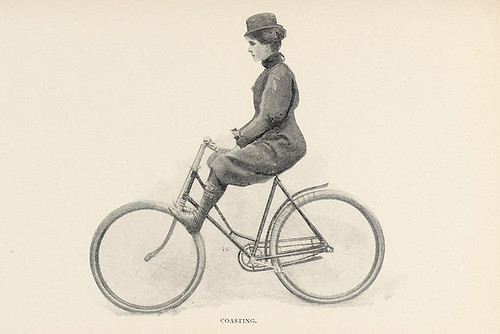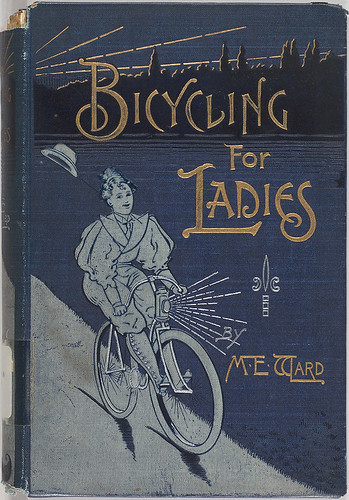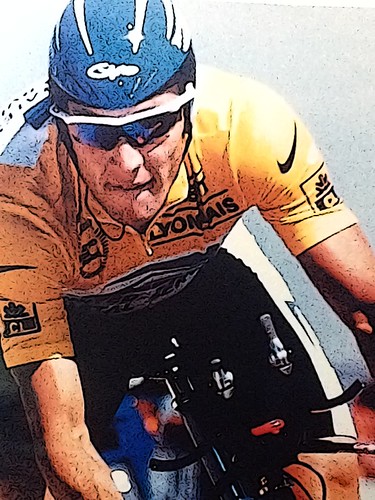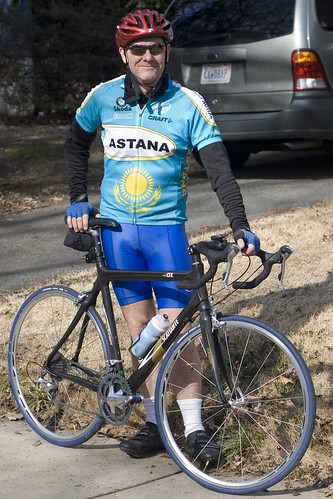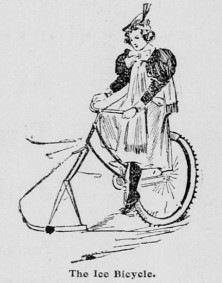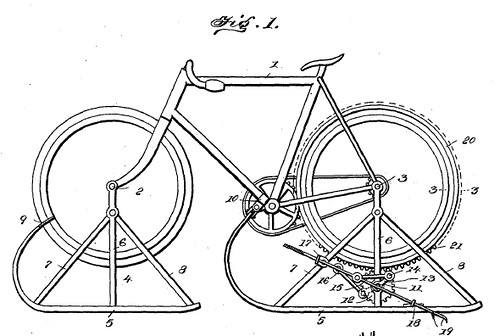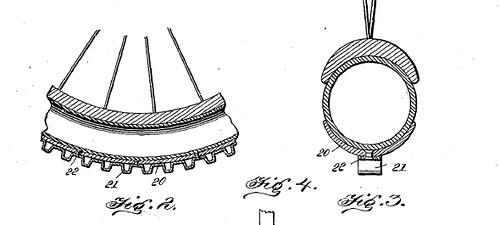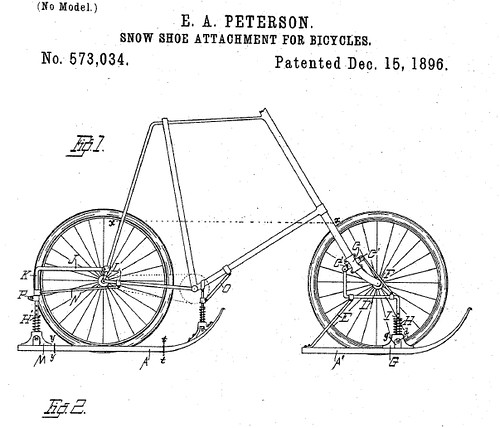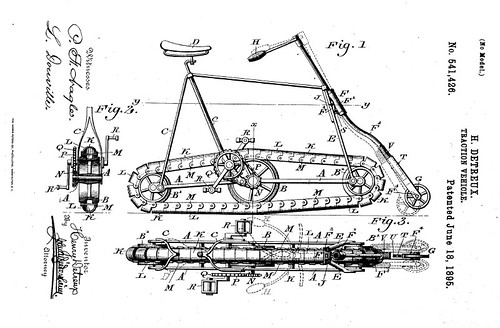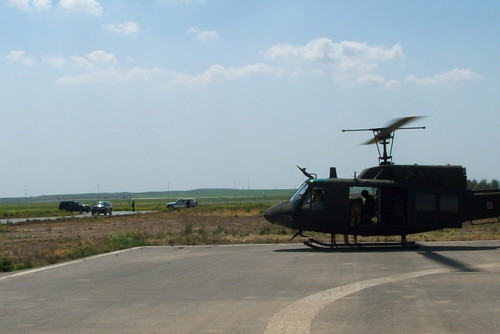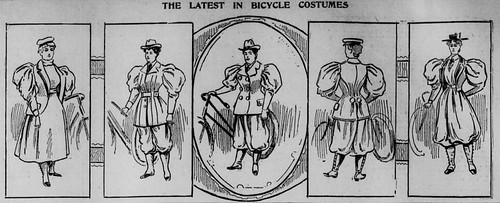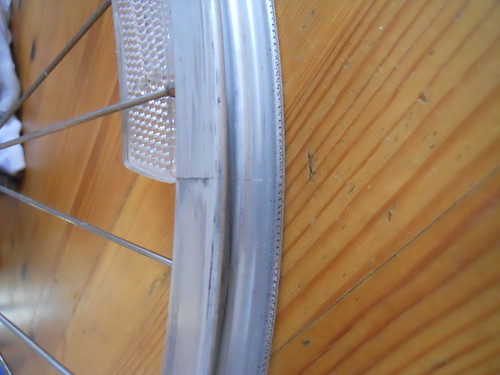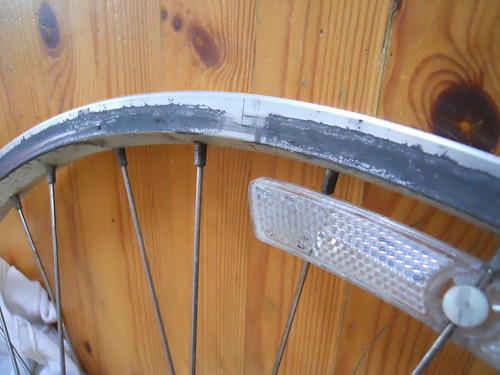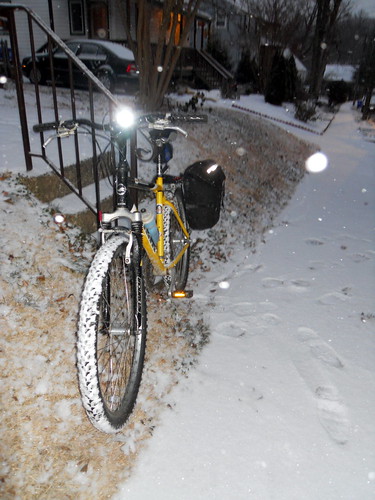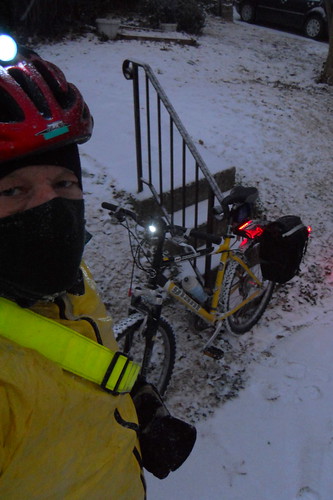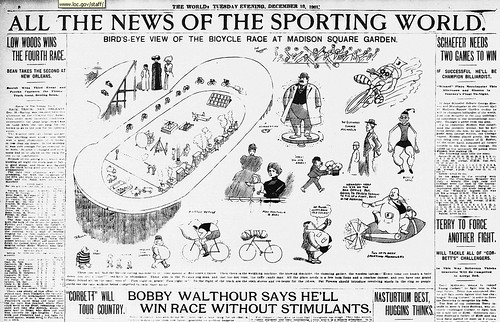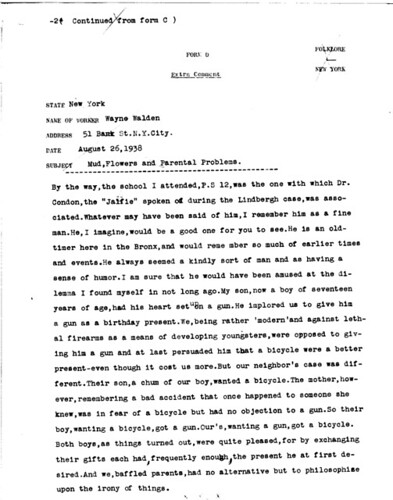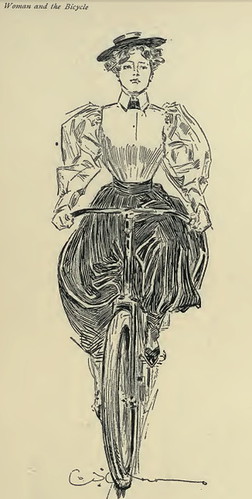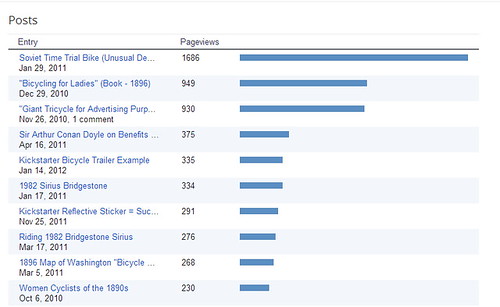 The Secret Race: Inside the Hidden World of the Tour de France: Doping, Cover-ups, and Winning at All Costs
The Secret Race: Inside the Hidden World of the Tour de France: Doping, Cover-ups, and Winning at All Costs by
Tyler Hamilton
My rating:
4 of 5 stars
If I am going to review this, I should do it before Lance Armstrong's tell-all confess-all admit-all interview with Oprah is broadcast later this week. I gave this four stars because for the first 220 pages or so it is very engaging and moves along - the last fifty pages bogged down so much that it took me several days to push through to the end.
One hopes that most people who read this aren't just interested in descriptions of Lance Armstrong being bad, but both Hamilton and Coyle are well equipped to write about that. All things considered the book is a good combination of telling the story of Hamilton's bicycle racing career as a story unto itself, describing how doping became an integral part of his success, and including first hand descriptions of Lance Armstrong's race career, how he ran his team, interacted with other racers, and what his team's doping program was like.
Unlike David Millar's recent
Racing Through the Dark tell-all reformed bike doper book, Hamilton clearly understands that most readers are not terribly interested in his full life story so he keeps the description of his life before racing short. The section about when he was part of the Postal Service team himself has the best descriptions of the culture of Lance's team and how the doping program (which is what it was) worked. After that, the description of his riding with CSC is interesting because Bjarne Riis, the team director, was (and is) an unusual individual and because Hamilton did well with CSC, although injuries kept him from doing much better.
Hamilton does a good job of making it clear how EPO and the "blood bags" (transfusing one's own blood during a race, drawn earlier) represented a huge improvement over previous doping, such as taking amphetamines, and how it making literally impossible to succeed in a world in which some races did take EPO and others didn't.
After describing being busted (the first time), the book becomes less interesting - particularly after he manages to win the U.S. National Road Championship in 2008 but then get busted again. His dog dies, his wife divorces him, he's a busted doper cyclist - life is not so good. But then he gets a new dog, new wife, and a new job and he tries to convince you, the reader, that life is now good (if not better). This last part is the hardest to get through and not particularly convincing or compelling.
There are a several things to read available on the Internet about Lance and doping and cycling racing that are more focused (and available free).
The "reasoned decision" of the U.S. Anti-Doping Agency (USADA) is a book length PDF that describes year by year Lance's doping and the Postal Service (later Discovery) doping program (if you will). It is all about Lance and doping. If that is really what is of interest, it is more useful to read it than a book that in the end is more about Tyler Hamilton. A drawback of the USADA report is that it has no literary style, so to speak - it reads a like a government report (which is what it is).
Another interesting read is the transcript of seven hours of interviews with Floyd Landis by Paul Kimmage,
The Gospel according to Floyd from November 2010.
One sees a number of patterns reading all this stuff. One is that part of Armstrong's success (at doping, and otherwise) was that he hired the best people to support him, including the medical people for the doping. Hamilton suggests that one of his own problems was that his doping doctor simply wasn't very good organizationally so he probably was been transfused with someone else's blood rather than his own because his medical "team" screwed up. Also, both Landis and Hamilton were quick to defend themselves against doping charges because in both cases they were absolutely sure that the charges were wrong. Landis knew he had done EPO and blood bags but not testosterone, and Hamilton was convinced he had only received his own blood back, not someone else's.
The charges were wrong - that this didn't mean they were innocent otherwise seemed difficult for them to integrate into their thinking until quite some time passed. Finally, both felt that ultimately that they were ruined because unlike Armstrong they didn't have the connections and power to make the doping charges "go away" in the way Armstrong had in the past (according to them).
Some of Hamilton's anecdotes are pretty amusing - sort of. For example (and I suppose this is a spoiler) he suggests that for his second tier riders, other than his "A team," Armstrong was cheap - while he had the latest and best that Trek had to offer, most of his team didn't. One Postal rider, for example, "accidentally" backed his car over his crummy old Trek he was given in order to get something better. It's apparently not enough to work on Armstrong on the big moral issues, he wants him to look small in as many ways as he can. Hmm.
Certain details described give this book a sense of veracity that is absent in say Millar's book. (Not that Millar's isn't true, he just didn't include such things.)
* When new doping technology with good results would appear, it would be obvious because one rider or sometimes a team would suddenly perform otherwise superhuman feats, with little shame even though it was understood that this would be received as a new doping advance and not as some kind of training accomplishment. He mentions Bjarn Riis specifically, moving back and forth in the peleton as if riding a motorcycle on one occasion.
* Doping works best with coaching - with Postal, Hamilton didn't take full advantage of receiving a blood bag (his own blood drawn earlier and then transfused back in to increase his blood's oxygen carrying ability) because no one explained that the next day or so his body would not "read" this correctly and he would feel bloated and less powerful but that he could ride through that feeling - Bjarn Riis of CSC provided that valuable coaching advice.
* The "technology" of doping was constantly advancing, which gave an advantage to people like Lance who were at the cutting edge of such things. The first use of blood bags involved using only fresh ones, which had to be done within four weeks, but not long after it was possible to have one's blood acceptably frozen and then reuse that, simplifying the race calendar choices since there is a problem with giving your blood to use it later - if you just had a pint of blood drawn, your race results (if you are forced by your team to ride) in that situation are terrible.
And more. Those tidbits are interesting. And go along with Landis and the USADA report have to say.
When I reread my review of Millar's book, I remembered that one of the big negatives was his offering at least a half a dozen explicit answers to the question, "why I decided to dope." By contrast (unless I missed it), Hamilton doesn't do that even once. I believe his thought was more that you read his book and you decide.
Until Lance comes out with his version of all this, checking this out from a library for a quick read doesn't seem like a bad idea.
View all my reviews
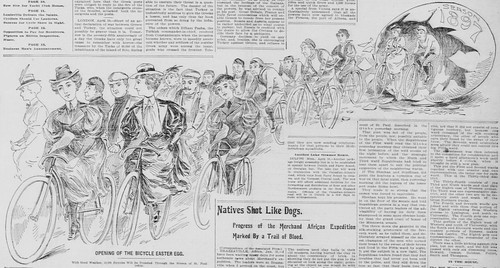



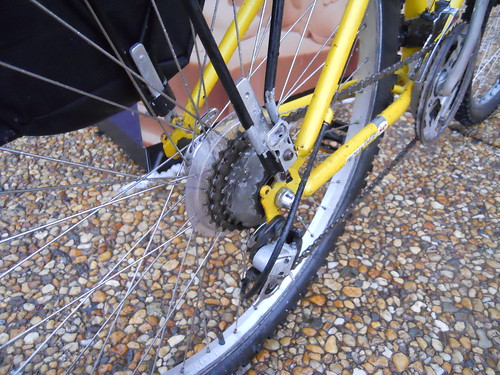



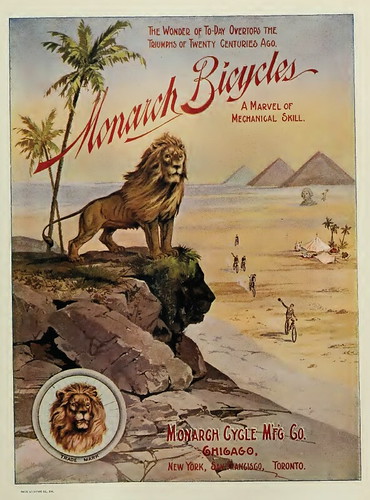

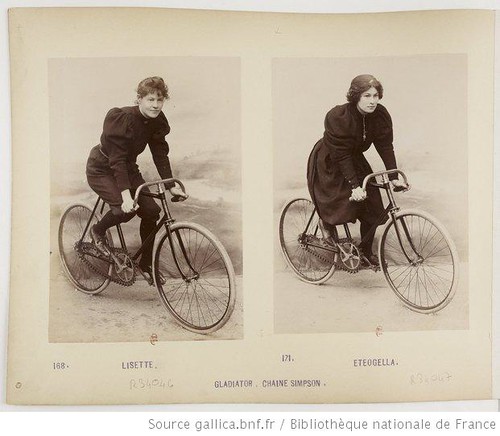
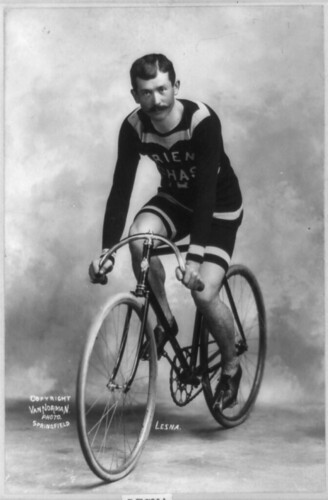
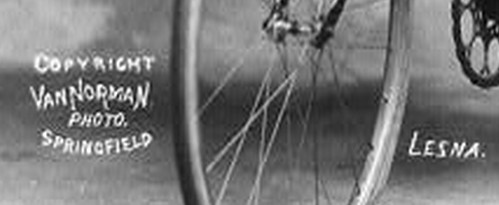
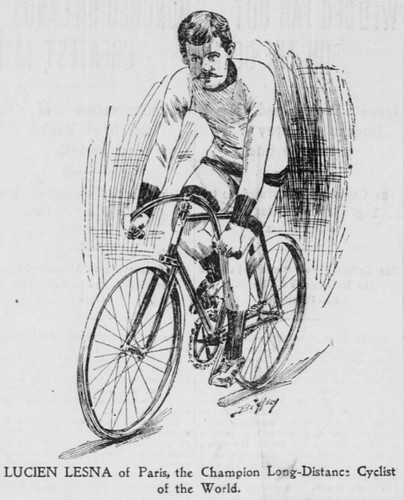
![Ride a Stearns [bicycle] and be content (1896)](http://farm9.staticflickr.com/8098/8486472025_27bf720e83.jpg)
